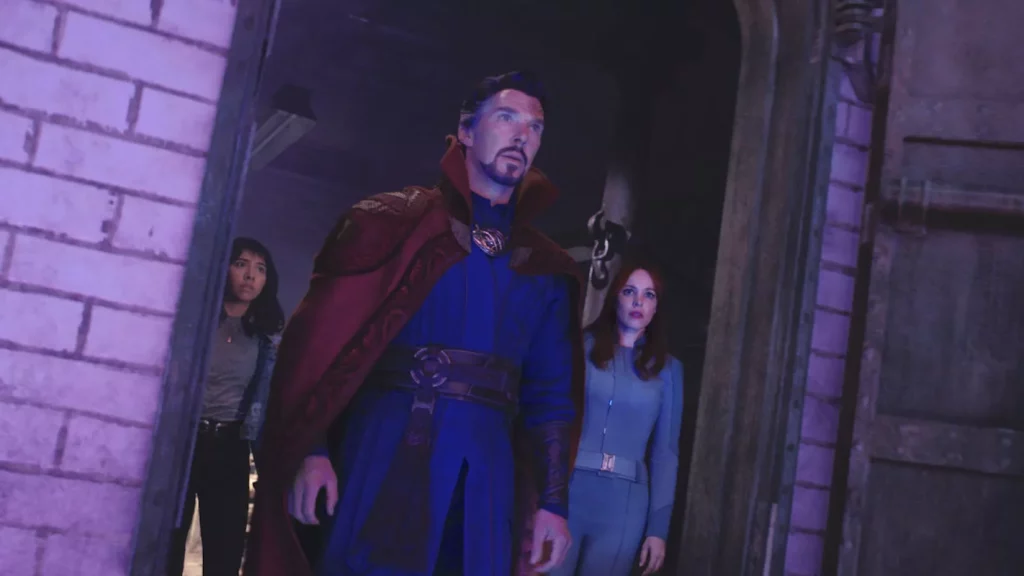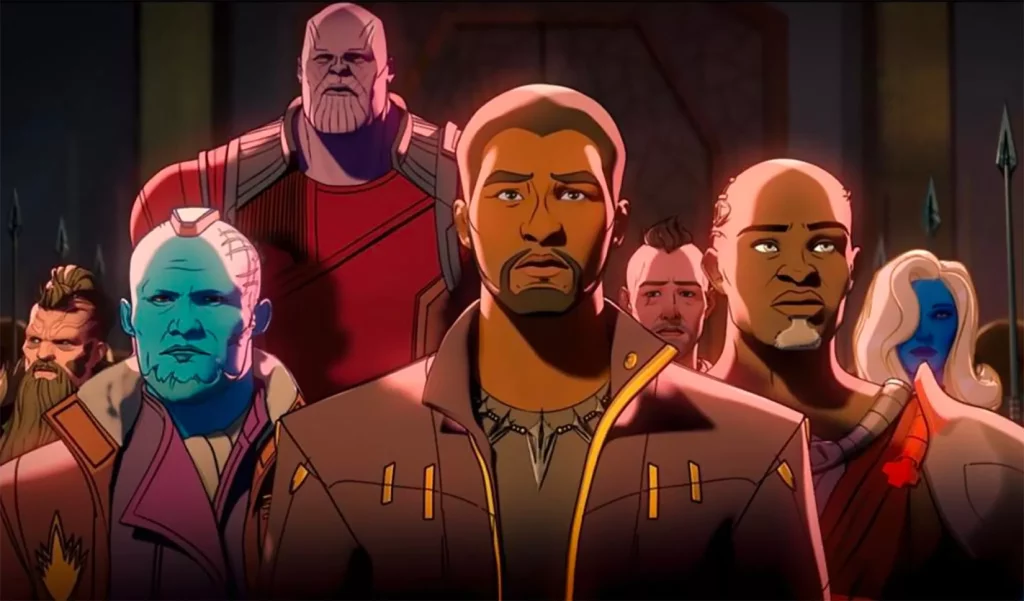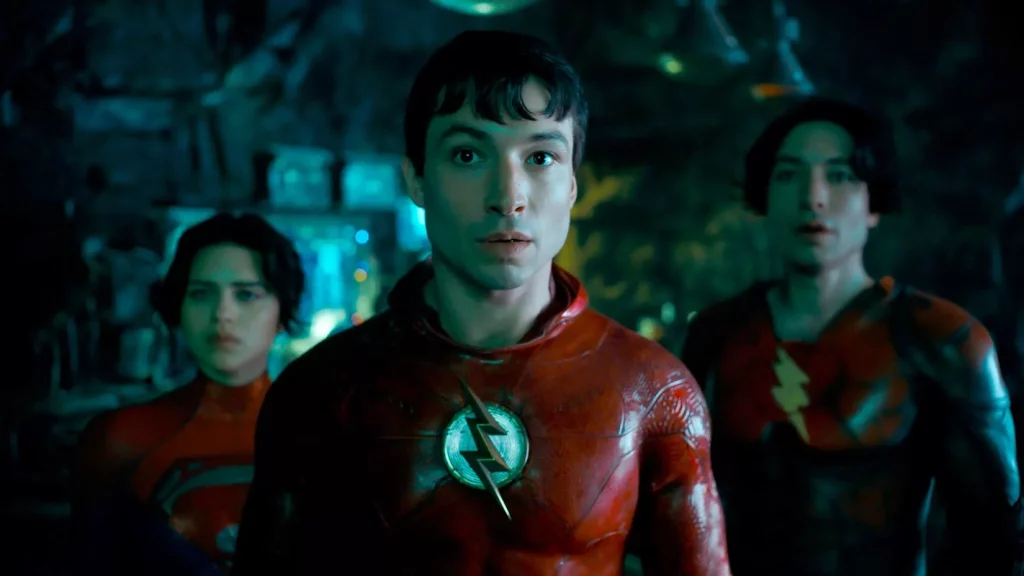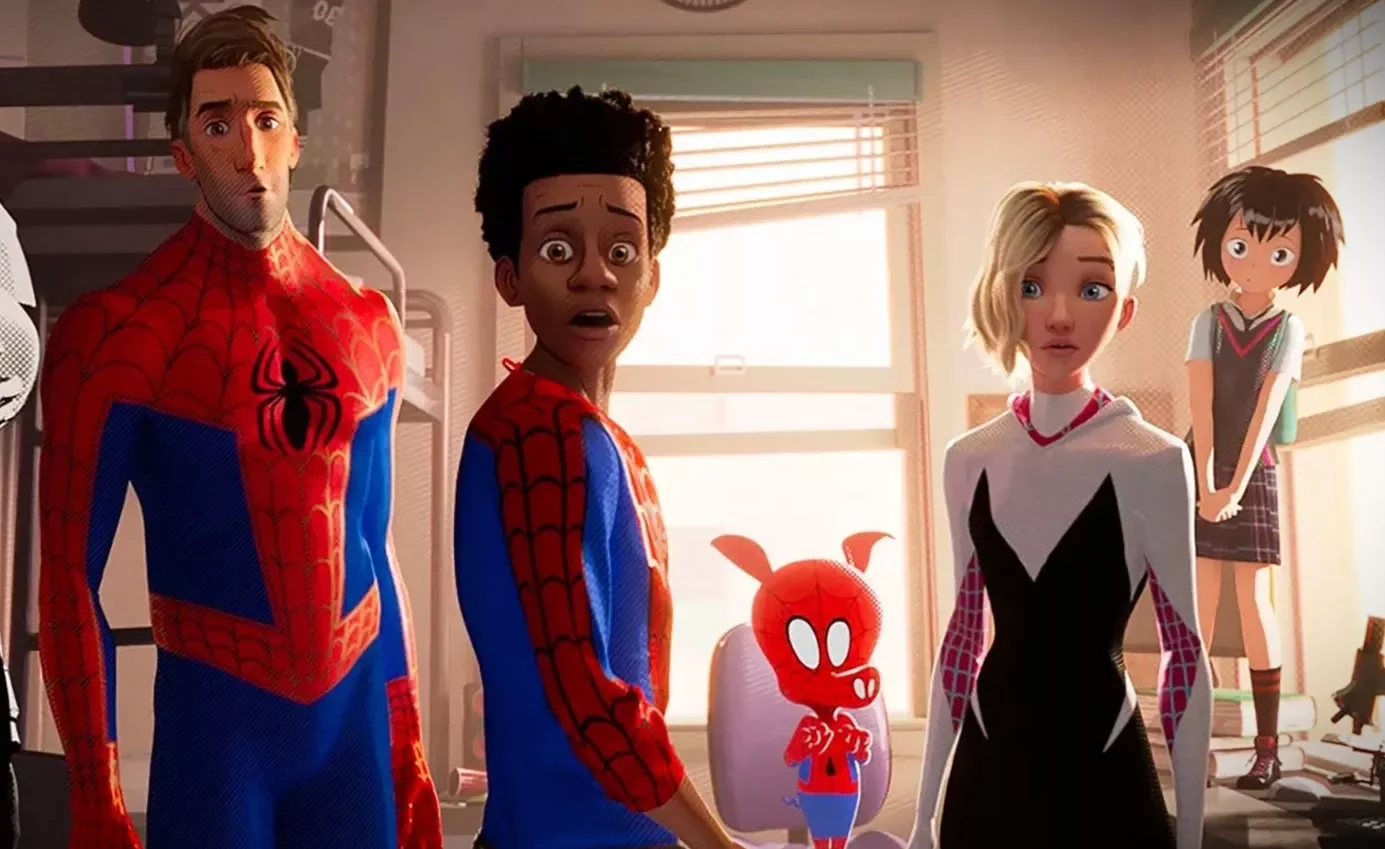It’s widely known that the concept of the multiverse is currently experiencing a significant surge in popularity. What was once confined to the fringes of scientific theory and comic book pages has now become a mainstream cultural phenomenon. Both Marvel Studios and its competitor, DC, have been steadily translating their own respective multiverse narratives onto the big screen. However, the multiverse isn’t limited to just superhero tales; even indie family dramas like “Everything Everywhere All At Once” are capitalizing on this idea, even achieving recognition with prestigious awards like Oscars.
At its core, the multiverse allows the coexistence of what currently is with what could potentially be. This provides a clever means of remixing and reimagining our most familiar pop culture icons, while also delving into the richness and diversity of our world on an exponential scale. For Marvel, the multiverse has become the final frontier: their cinematic universe has expanded so extensively that exploring multiple parallel timelines seems to be the most viable path forward.
Since the announcement of “Doctor Strange in the Multiverse of Madness” in 2019, Marvel’s latest narrative arc has been centered around the multiverse. The company is swiftly broadening its repertoire to new heights. In many ways, this recent push is a dream come true for comic book enthusiasts. Yet, surprisingly, why does the multiverse already seem to lack freshness?

There is nothing inherently flawed about the concept of the multiverse itself. Similar to any narrative tool, its effectiveness depends on how it’s wielded. When executed skillfully, the multiverse permits the convergence of different worlds and the emergence of diverse heroes. Marvel’s “What If…?” series stands as a strong example of the multiverse done right. This show explores hypothetical timelines, such as one where King T’Challa leads the Guardians of the Galaxy, or where Peggy Carter gains superpowers. These characters exist without the burden of crossing over, and the episodes introducing them to the multiverse feel more like imaginative explorations rather than calculated attempts to exploit existing intellectual property.
Furthermore, Sony’s “Spider-Man: Into the Spider-Verse” showcases a range of distinct iterations of a well-known hero fighting alongside each other. The movie takes the notion that anyone can be a hero and embeds it within a uniquely personal perspective. Its sequel, “Across the Spider-Verse,” builds upon this idea, albeit with a slightly convoluted plot.

However, “Spider-Verse” and “Everything Everywhere” have turned into exceptions rather than the rule in this current trend. Recent endeavors like “Spider-Man: No Way Home,” “Doctor Strange in the Multiverse of Madness,” and “The Flash” have transformed the multiverse into a strategic business tactic.
Undoubtedly, this tactic has proven incredibly lucrative— “No Way Home” raked in a billion dollars at the box office. Yet, it also offered a conspicuous opportunity to recycle elements from previous impactful Spider-Man storylines and even reintroduce a beloved character from the now-defunct Marvel Netflix universe, Daredevil.
This same pattern applies to “Multiverse of Madness” and “The Flash.” While the former manages to satirize the prevailing obsession with cameos and infinite dimensions to some extent, its efforts ultimately feel somewhat hollow. On the other hand, “The Flash” exemplifies the extent of laziness studios can succumb to when handling the multiverse. The film fervently endeavors to bring a wide array of heroes into one timeline, yet it’s evident that DC and Warner Bros. struggle to identify which characters audiences genuinely want to see. Many of the cameos in “The Flash” are more perplexing than genuinely thrilling; the film resorts to scraping the barrel for obscure references or resorting to CGI-enhanced resurrections of deceased actors.

The issue isn’t with the multiverse concept itself, but rather its execution in the wrong hands. The multiverse has transformed into a vessel for Hollywood’s obsession with established intellectual property. Studios recognize that nostalgia is a powerful selling point—just consider the multitude of sequels and spin-offs dominating the past decade.
While the multiverse allows for the simultaneous existence of various narratives, it also offers an excuse to rely on past successes. In most instances, these films fail to introduce anything truly innovative, which only exacerbates the superhero fatigue that many audiences have been grappling with for years. If Marvel intends to continue leaning into multiverse-driven storytelling, as evidenced by projects like “Deadpool 3,” a reevaluation of why the concept initially resonated is essential.
